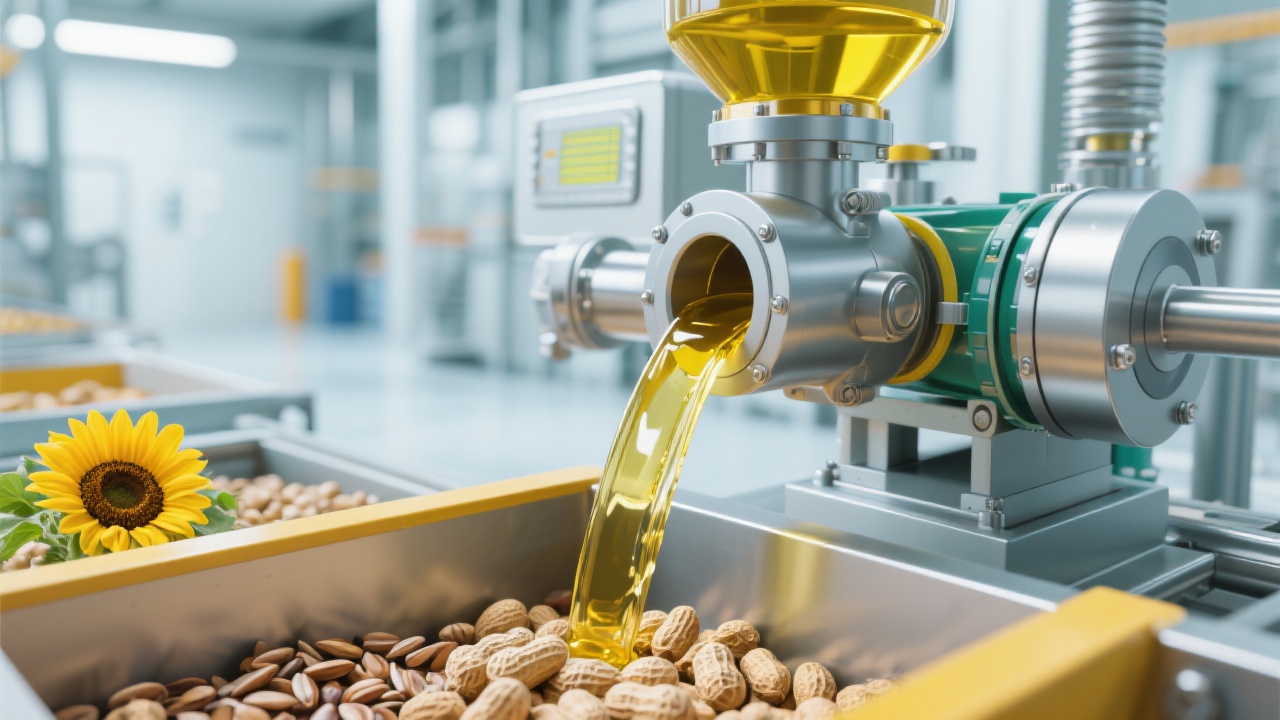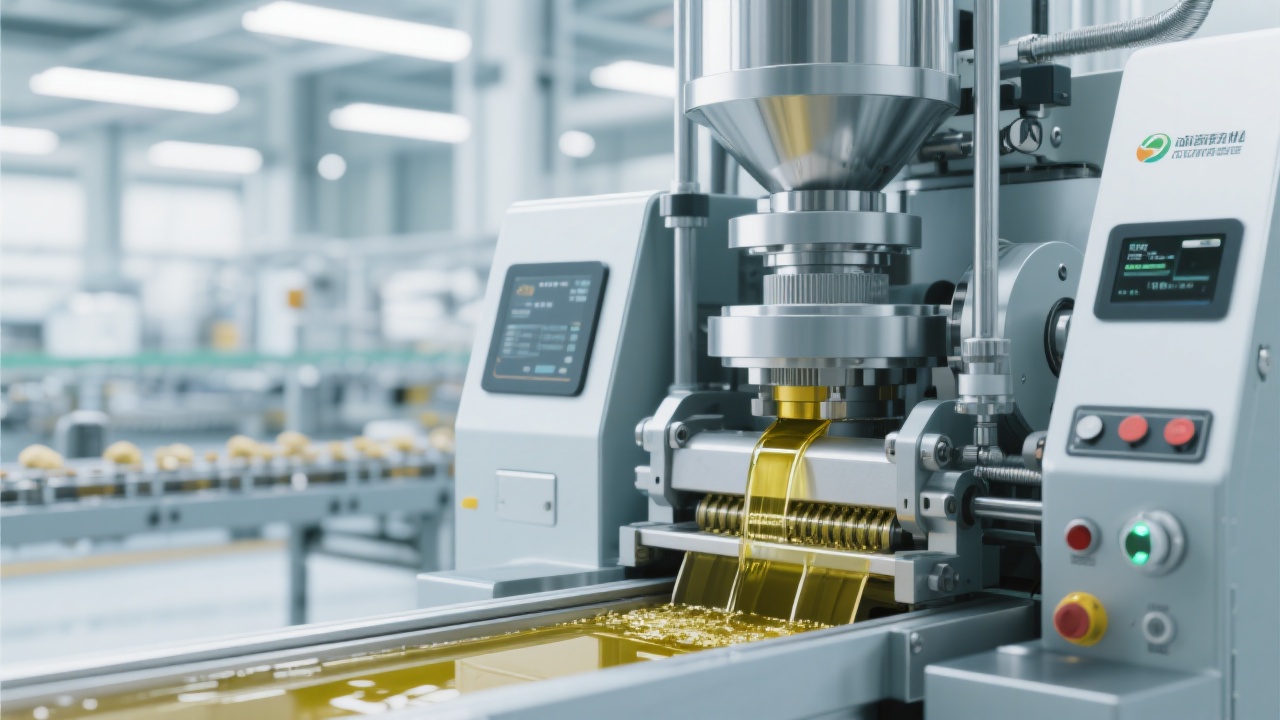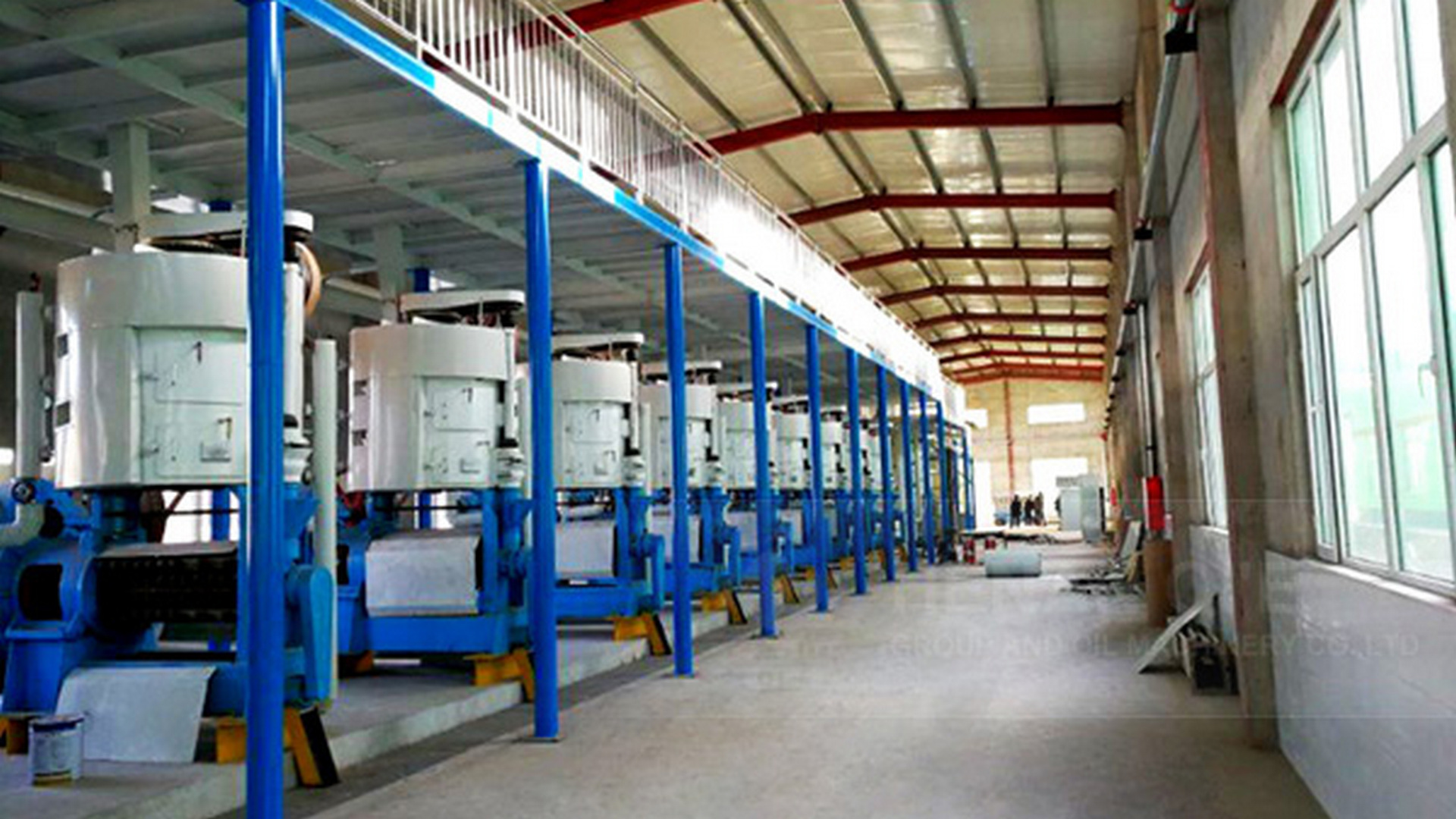
In today’s competitive agri-processing market, maximizing oil yield from plant seeds and nuts is key to profitability and sustainability. High-efficiency hydraulic oil presses leverage advanced hydraulic technology combined with automated controls to deliver enhanced oil recovery rates, energy savings, and reduced environmental impact. This article dives deep into the technical innovations, industrial applications, and measurable benefits of these presses, empowering enterprises to boost productivity while adhering to stringent environmental standards.
Unlike traditional screw presses, high-efficiency hydraulic presses utilize a powerful hydraulic system to apply consistent and ultra-high pressure on raw materials. This results in efficient cell rupture to maximize oil extraction, often increasing oil recovery by 10-20% compared to conventional methods. Their design supports a broad range of inputs—including soybean, sunflower, rapeseed, and various nuts—making them highly versatile for diversified operations.
Stability and precision in pressure delivery reduce operational fluctuations and wear on components, lengthening machine lifespan up to 15-20% compared to older models. Maintenance intervals also extend due to the fewer moving parts requiring regular adjustment or replacement.
Integration of PLC (Programmable Logic Controller) systems and human-machine interfaces enables seamless operation with minimal manual intervention. Real-time monitoring of pressure, temperature, and cycle times optimizes each batch, reducing downtime and labor costs by an estimated 30%. Operators benefit from simplified controls that minimize training requirements, further cutting overhead.
Automation also facilitates precise repeatability in the pressing process, critical for maintaining consistent oil quality that meets market and regulatory standards.
Environmental concerns and regulations increasingly influence equipment choice in the oil extraction industry. High-efficiency hydraulic presses consume 15-25% less energy than traditional hydraulic systems by optimizing pressure cycles and reducing idle times. This energy efficiency reduces greenhouse gas emissions significantly—often achieving compliance with international standards such as ISO 14001 and other green certifications.
Besides energy savings, these machines minimize waste generation by extracting more oil per ton of seeds, reducing leftovers and sludge volume. Their advanced filtration systems allow better separation of oil and by-products, enabling secondary uses or safer disposal, supporting circular economy initiatives.

These presses are perfectly suited for medium to large-scale oil processors prioritizing high throughput, stable output, and sustainability. Enterprises expanding product lines to include diverse oilseeds or incorporating organic/natural product labels also gain from tight process control.
Environmental regulators and consumer markets demanding “green” practices increasingly require producers to adopt such advanced technology—making these presses a strategic investment to stay competitive.
| Parameter | Before Upgrade | After Installation of Hydraulic Press |
|---|---|---|
| Oil Recovery Rate (%) | 38.5 | 47.8 |
| Energy Consumption (kWh/ton) | 110 | 82 |
| Labor Costs (USD/month) | 7,500 | 5,300 |
| Waste Reduction (%) | — | 18 |
This soybean oil producer in Southeast Asia reported nearly a 24% uplift in oil yield and a corresponding 25% drop in energy costs after integrating a high-efficiency hydraulic press. Labor efficiency gains translated to a monthly saving exceeding $2,200, showcasing tangible ROI within the first 18 months.


Forward-thinking agricultural and oil extraction enterprises looking to future-proof their operations should explore how high-efficiency hydraulic oil presses can transform both process economics and ecological footprints.
Discover How Our Hydraulic Presses Can Boost Your Oil Extraction Efficiency Today

